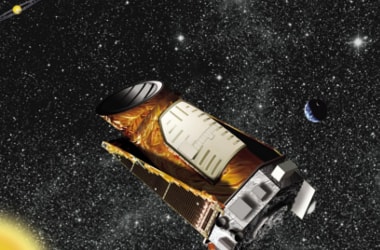
NASA’s Kepler space telescope has spotted 219 new potential planets, among which at least 10 are almost the same size as that of the Earth with conditions suitable to host life.
The new data brings the total number of planet candidates identified by Kepler to 4034, of which 2335 have been verified as exoplanets.
So far, around 50 planets have been detected by Kepler that fall in the habitable zone and are close to the size of the Earth, among which more than 30 have been verified.
The new data is the most comprehensive and detailed catalogue release of potential exoplanets from Kepler’s first four years of data.
Exoplanets are planets that are located outside our solar system.
The data is also the final catalogue from the spacecraft’s view of the patch of sky in the Cygnus constellation.
This data will enable scientists to determine what planetary populations – from rocky bodies the size of Earth, to gas giants the size of Jupiter – make up the galaxy’s planetary demographics.
One research group used the Kepler data to make precise measurements of thousands of planets, the results of which suggest two distinct size groupings of small planets.
The team found a clean division in the sizes of rocky, Earth-size planets and gaseous planets smaller than Neptune.
Few planets falling between the groupings were also found.
The results have significant implications for the search for life.
The Kepler space telescope hunts for planets by detecting the change in a star’s brightness, as it drops when a planet is transiting from its front.
The final Kepler catalogue will serve as the foundation for further study to determine the prevalence and demographics of planets in the galaxy.
Kepler data set is unique, as it is the only one containing a population of these near Earth-analogues – planets with roughly the same size and orbit as Earth. Detecting planets in the galaxy will in turn help form the design of future NASA missions to directly image another Earth.